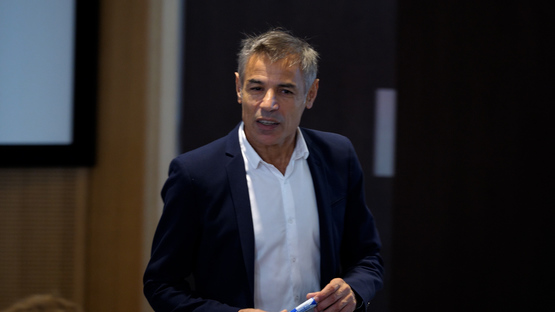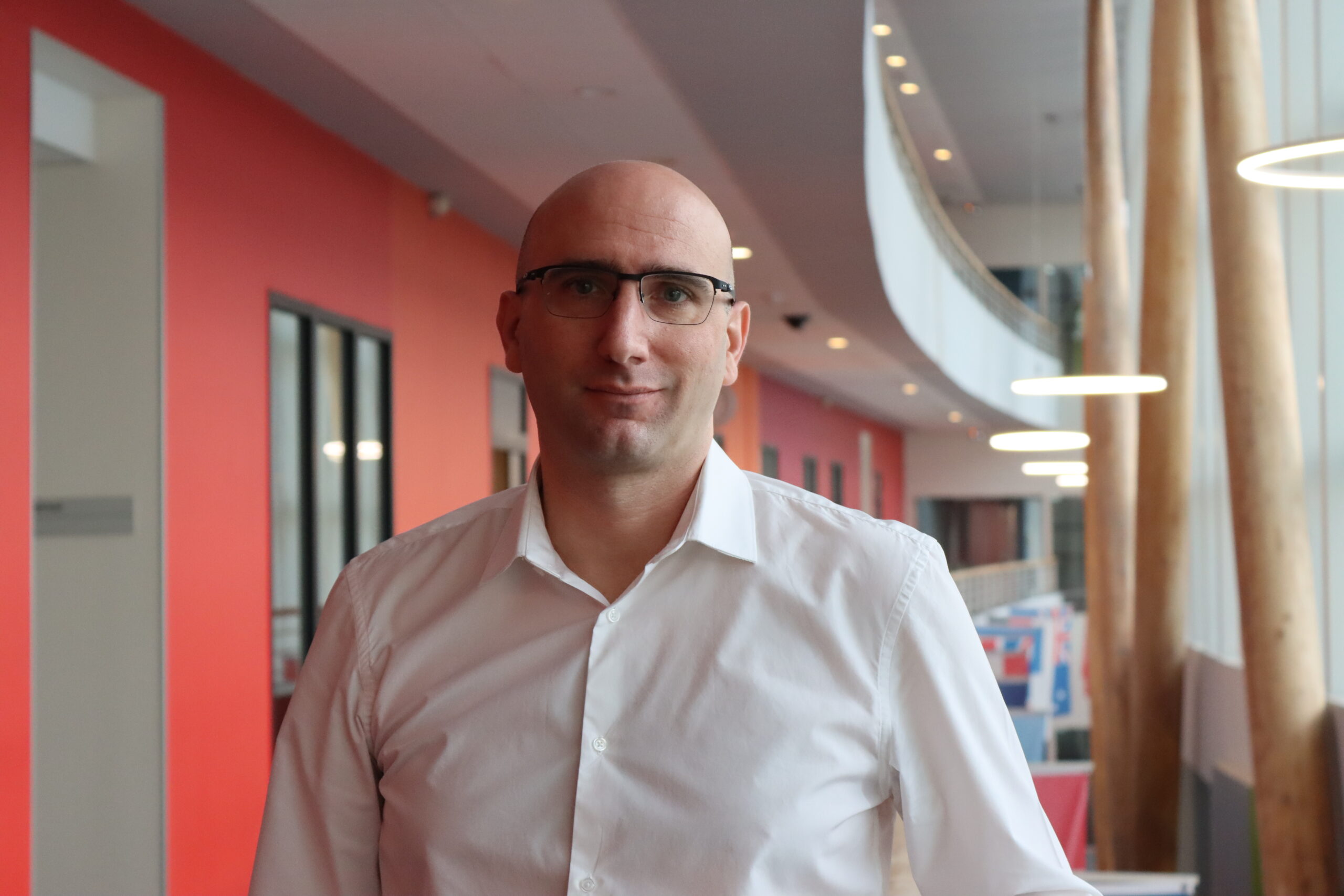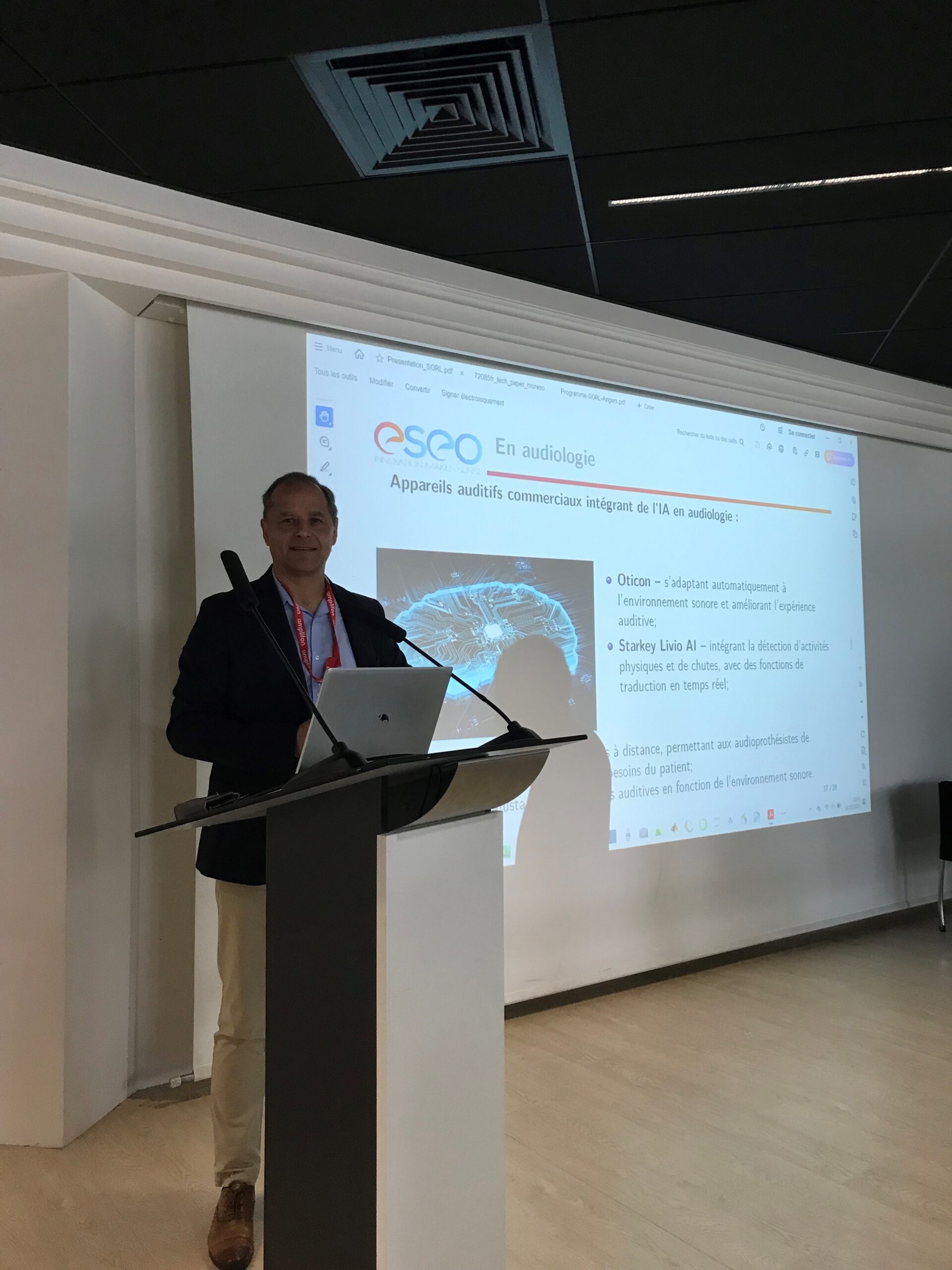It won’t be long before we see the emergence of 5th generation mobile networks. This global phenomenon raises both curiosity and questions…
Just ten years ago, 4G arrived in France on 28 November 2012. At that time, the fourth generation of standards was revolutionising our daily lives: video and music playback, downloads, streaming, online games, location-based applications, and so on.
These features have literally changed the way we use smartphones, and are now part of our everyday lives. The imminent arrival of 5G is generating a certain amount of excitement.
At present, it is estimated that 5G will bring real benefits in terms of download times, since downloads will become almost instantaneous, even for large files. It will also mean less data transit, making communication and exchanges easier.
Finally, this new generation will increase the capacity for simultaneous connection of several mobiles to the same network. These attractive features do, however, raise questions about its practical implementation in our towns and cities.
That’s why Mohammed Ramdani, a lecturer and researcher in radio and microwave frequency and electromagnetic compatibility (RF-EMC) at ESEO, has shed some light on the arrival of this new tool.

Mohammed Ramdani is a teacher-researcher at ESEO in the RF-EMC (Radio-frequencies and Electromagnetic Compatibility) research team
Do you have any research projects directly linked to the arrival of 5G?
The RF-EMC team’s research projects are long-term. For a long time now, the team has been exploring increasingly higher frequency bands, such as those used in 5G technology.
The equipment available at ESEO covers these frequencies extensively. The team is also working on the design of innovative antennas and on the effect of electromagnetic waves (millimetre waves and others) on electronic equipment.
Other ESEO teams are also working on optimising the digital data rates used, which is another 5G issue.
In terms of teaching, the ” Electronics of Connected Objects ” option offered at ESEO will give students a better understanding of the use of connected objects, which will be used by billions (over 30 billion by 2025) thanks to 5G.
How will the antennas be installed?
Unlike 3 or 4G, 5G uses high frequencies that deliver much higher speeds but shorter ranges.
Initially, we will have to live with the cohabitation of 4G and 5G and the corresponding antennas. The antennas that will be used will be high-performance, with more connections because they are more directional.
While the 26 GHz frequency offers the advantage of higher throughput, it will be more attenuated at the slightest obstacle, requiring the use of more antennas to get around this problem.
Which frequencies will be used to make 5G work in France?
Here too, the general public will be dealing with frequencies or frequency bands that are rarely used for civil applications.
Initially, the 3.5 GHz frequency will be allocated, followed by the 26 GHz band (known as millimetre waves). It is at this frequency that 5G will offer all its advantages.
What are the benefits of 5G for professionals and consumers?
The transition from 4G to 5G will represent a major technological leap. The speeds used can be multiplied by 10!
It will therefore accentuate the digitisation of businesses in particular and society in general, with a single need: to have the widest possible bandwidth, in other words, space. Data will then circulate rapidly and in large numbers across even more powerful networks.
However, for businesses, the benefits are obvious: more data, more transfers and less network saturation. What’s more, latency (i.e. the time it takes for information to reach the other end) is greatly reduced, which is required for the use of autonomous cars, for example.
As for individuals, things are going to speed up, such as downloading a video, the development of virtual reality on one’s smartphone, augmented reality, autonomous cars and many other applications.
Are there any health risks?
Future users of this new technology may be understandably concerned.
The knowledge we have gained through our work and the conferences we have attended shows that, at this stage, there is no proven negative impact on health. We will need years of hindsight to be able to make a complete assessment.
5G news update
Although it will still be a few years before 5G is operational throughout France, trials are under way in various parts of the country. ARCEP has authorised companies to test 5G in certain towns and cities.
This is particularly the case in Vélizy-Villacoublay, where Bouygues Telecom has been using frequencies in the 26.5-27.5 GHz band since 2019 and until 2022.
In addition, the auctions for the allocation of frequencies were held in September in the company of the major operators Orange, Bouygues Telecom, SFR and Free.
These auctions enable blocks of frequencies to be allocated to operators so that they can offer them to their customers. The price of these blocks is several million euros, and they are awarded in such a way as to ensure that everyone can obtain sufficient frequencies.
We’ll have to wait a little longer before we can use 5G and assess its impact. In the meantime, mobile phone brands are starting to market smartphones that will be able to receive 5G.




